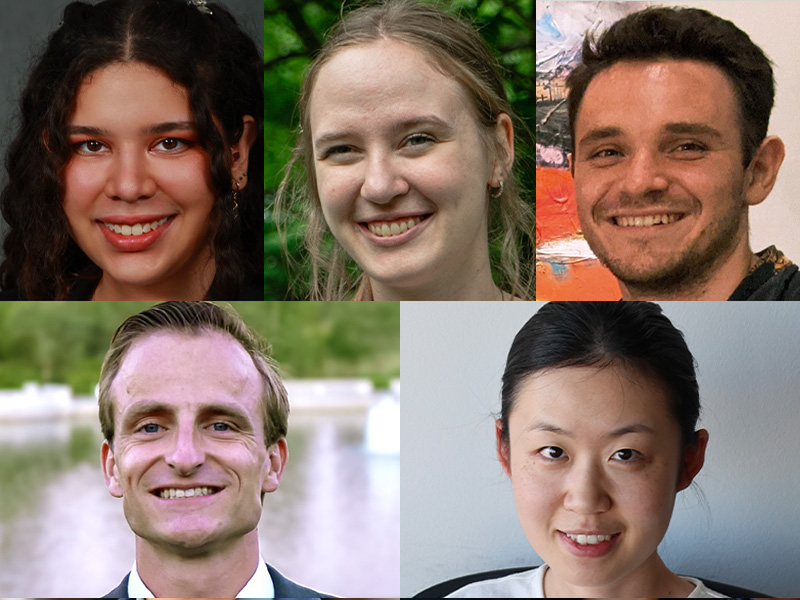In the Media: New Technique for Diagnosing Brain Diseases is Successfully Put to the Test
HEC Science & Technology explores Hong Chen's new method of detecting Alzheimer's disease
Hong Chen, PhD, associate professor of biomedical engineering and radiation oncology at Washington University in St. Louis, is dedicated to what may seem like the impossible.
“This constant puzzle of what’s happening in my brain.” Chen is referring to all human brains that share this complexity. And getting answers to serious problems can be very difficult.
“Like Alzheimer’s or Parkinson’s or brain tumors,” she said.
Because the brain is incredibly protected, MRIs and CT scans are used.
“With those imaging techniques, you don’t know what’s the genetic or molecular makeup of that disease,” she said.
A tissue biopsy is an option with an invasive surgery.
“Removal of a small piece of skull and then insert a long needle and take out a piece of the brain tissue is only available for brain tumor patients,” said Chen. “When a patient has Alzheimer’s or other diseases, we don’t even have access to that small piece of tissue. And to get that information. What can we do?”
While looking for answers, Chen and her colleagues developed a new method of diagnosis.
“For noninvasive access to small molecules, like DNA – RNA – protein or those small molecules in the brain.”
The research involving her Washington University School of Medicine lab facilitated diagnosis of Alzheimer’s disease in an animal study. Chen is using a focused ultrasound technique that she said can overcome challenges of new, emerging methods for diagnosis such as blood testing for biomarkers of Alzheimer’s that’s currently in use and being developed. Those challenges are due to the blood-brain barrier that makes some valuable information difficult to access noninvasively.
“Our brain is protected by this blood-brain barrier that protect against any toxins in the blood from reaching the brain, which we need dearly.”
Chen is finding a way to get through the blood-brain barrier for successful disease testing, starting with Alzheimer’s.
“Focused ultrasound, which has the capability to concentrate ultrasound energy in a very precise location deep inside the brain. You can concentrate sound waves to a very localized spot,” she explained.
Once located, the researchers inject microbubbles into the blood that travel to the ultrasound targeted tissue and pulsate, which safely opens the blood-brain barrier.
“Microbubbles, I always call them magic bubbles or gas bubbles. They have the unique capability of expanding and contracting when you apply mechanical waves because they are bubbles, right? And then they’re combined. With this focused ultrasound and microbubbles together, what we achieve is a mechanical approach to generate forces on the blood-brain barrier. This part of technique is not what we invented.”
That method was developed by other scientists for potential drug delivery to the brain. But Chen said her team’s innovation is a new technique of retrieving biomarkers of diseases.
“What we propose is once this barrier is open, we can also get brain disease-specific biomarkers, DNA – RNA – protein, released from brain to the blood. So, this part is the innovation that we introduced.”
For example, Alzheimer’s disease is defined, in part, by having tau proteins in the brain. Chen and collaborators found that using focused ultrasound-mediated liquid biopsy in a mouse model released more tau proteins and another biomarker into the blood than without the intervention.
“What our technology offers is a way to enrich the amount of brain disease-specific biomarkers in the blood and also provide the capability to target a specific brain area to achieve this spatially-targeted biomarker release,” Chen explained. “We now also have the capability to collect the blood at a controlled time after the ultrasound procedure, so we can control when to collect the blood to minimize clearance of the biomarker.”
This would allow clinicians to acquire valuable information needed for accurate diagnosis of neurodegenerative diseases, and much more.
“Once this door is open, the application of this technology can be potentially expanded to many other diseases in the brain.”




